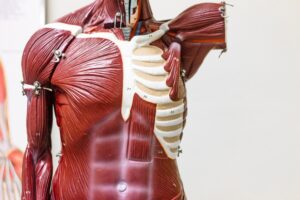
Rare Genetic Syndromes and Their Impact on Child Development
There may be many obstacles along the way, including: Lack of access to the right medical attention, specialists, and care. Lack of access to the right information about the possible genetic syndrome or rare disease the family faces. The possibility of misdiagnosis. Being stranded in a diagnostic journey, unsure of where and how to access the right information or medical specialists and testing to reach a diagnosis. Lack of support as the family navigates a new reality and future.










